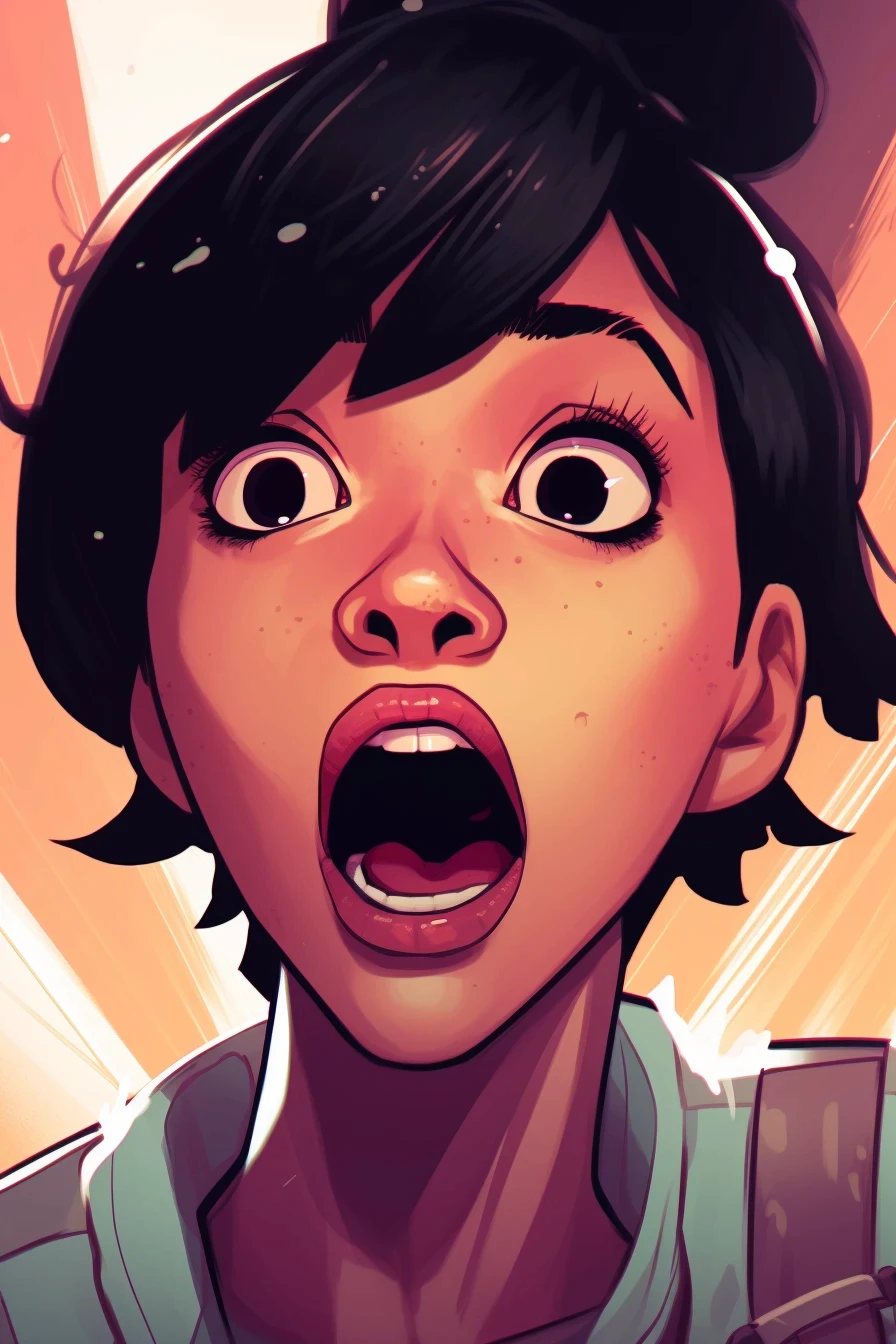Article
Unlocking Creativity
How AI Visual Illustrations Enhance the Design Process.
Designers are constantly seeking innovative tools and techniques to elevate their creative process and deliver impactful visual experiences. One such tool that has been gaining significant attention is AI-powered visual illustrations.
Artificial Intelligence (AI) has revolutionized the design landscape, offering designers new possibilities and efficiencies. In this blog post, we will explore how AI visual illustrations can enhance the design process, providing designers with a competitive edge and unlocking new levels of creativity.
1. Unlocking Creativity with AI-Generated Visuals
AI-powered visual illustration tools have the remarkable ability to generate stunning visuals that can inspire and stimulate creativity.
These tools leverage machine learning algorithms to analyze patterns, styles, and aesthetic preferences from vast datasets, enabling designers to access a wide range of visual ideas and inspiration.
By augmenting the designer's creative process, AI-generated visuals provide fresh perspectives, expand design possibilities, and spark innovative ideas.
Example: Imagine having an AI tool that generates unique and customizable illustrations based on a specific design brief. It can provide designers with a starting point or alternative concepts, saving time and unlocking new creative directions.

2. Streamlining Design Workflow with Automated Illustration Generation
Designers often face time constraints when creating custom illustrations from scratch. AI visual illustration tools offer automation capabilities that accelerate the design process.
By leveraging pre-trained models and algorithms, designers can generate illustrations or graphic elements with minimal effort and time investment.
This automation enables designers to focus more on refining the overall design, user experience, and adding their unique touch.
Example: Instead of spending hours creating intricate icons or decorative elements, designers can utilize AI-powered tools to quickly generate a variety of options and select the most suitable ones for their projects.
This streamlines the workflow, allowing designers to allocate more time to other critical design aspects.
3. Maintaining Consistency and Cohesion
Consistency is vital in design, ensuring a cohesive and professional visual identity. AI visual illustrations assist designers in maintaining consistency by offering customizable templates, style guides, and design systems.
These tools help establish a unified visual language across different design assets, ensuring brand consistency and a seamless user experience. Designers can create a library of AI-generated assets that align with their brand guidelines and reuse them consistently across various projects.
Example: By utilizing AI-generated illustrations, designers can easily adhere to the established design standards, ensuring a cohesive brand presence across websites, marketing materials, and other touchpoints.

4. Enhancing Collaboration and Communication
AI visual illustrations play a crucial role in facilitating collaboration among designers, stakeholders, and clients. These illustrations can effectively convey design concepts, ideas, and visual directions, making communication more efficient and reducing the potential for misinterpretation.
AI-generated visuals serve as a visual language that transcends cultural and language barriers, enabling effective collaboration and feedback exchange.
Example: Designers can create interactive prototypes using AI-generated visuals to showcase the user experience and demonstrate design concepts to stakeholders. This fosters a better understanding of the design intent and streamlines the feedback process.
AI visual illustrations have become indispensable tools in the modern designer's toolkit, offering a plethora of benefits to enhance the design process.
From unlocking creativity and streamlining workflows to maintaining consistency and facilitating collaboration, AI-generated visuals empower designers to push boundaries and deliver exceptional designs.
By embracing AI-powered tools, designers can leverage the capabilities of machine learning to elevate their craft, create captivating visuals, and stay at the forefront of the evolving design landscape.
